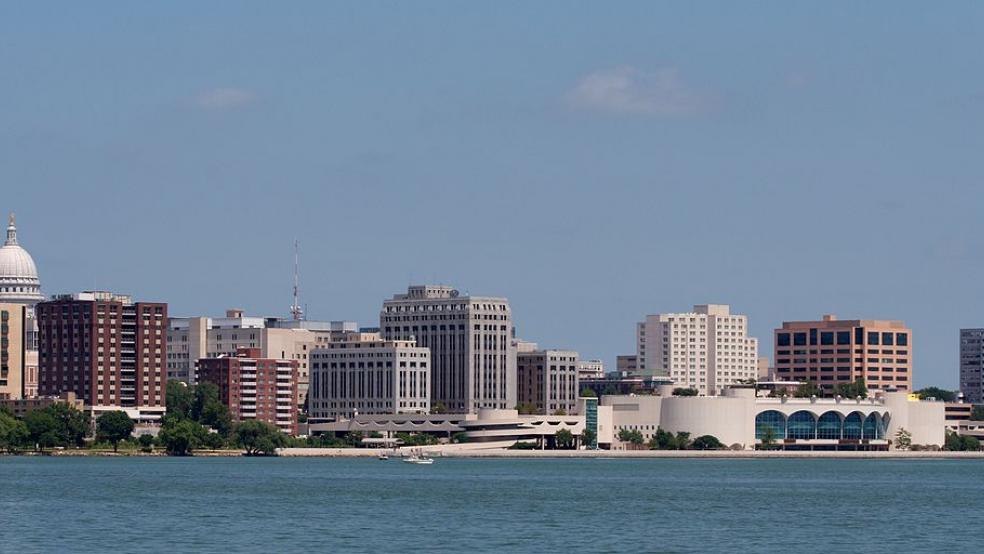Will your city make aging easier? Not necessarily.
Older residents of Bakersfield, California, and Lakeland, Florida, may be less than completely satisfied with the resources available in their communities as they live out their golden years, according to a new analysis of 381 U.S. metro areas from the Milken Institute’s Center for the Future of Aging.
But elderly people in Minneapolis are probably feeling pretty good about their city, given ample primary-care physicians and many home health providers in the area, which contributes to the city’s low rates of chronic disease and high life expectancy. Other pluses for seniors in the Minneapolis area include a transit-friendly environment, low crime rates and abundant social activities.
Related: The 20 Best Cities for Older Americans
This is important because more than four in five Americans age 65 and older live in metropolitan areas.
"Cities are on the front lines of the largest demographic shift in history," said Paul Irving, chairman of the Center for the Future of Aging, in a statement. "Lifespans are extending into eight, nine, and ten decades, and older adults increasingly are seeking lifelong engagement and purpose. They expect their cities and communities to support their changing needs."
The Milken Institute examined 83 factors in nine categories using public data to determine the nation’s most livable areas that also offer the highest quality of life for their senior citizens. The nine categories are: general livability, health care, wellness, financial security, living arrangements, employment, education, transportation and convenience, and community engagement.
The three highest ranked metro areas for successful aging are Provo-Orem, Utah; Madison, Wisconsin; and Durham-Chapel Hill, North Carolina. Provo-Orem was commended for its plentiful opportunities for outdoor recreation, high rates of volunteerism, educational options and strong economy.
Click here to see the full list of 20 best large metro areas for growing older.





